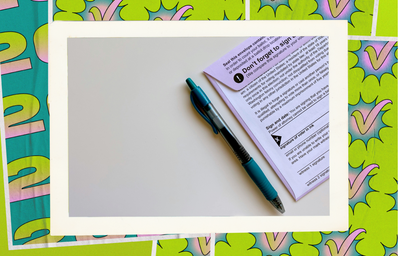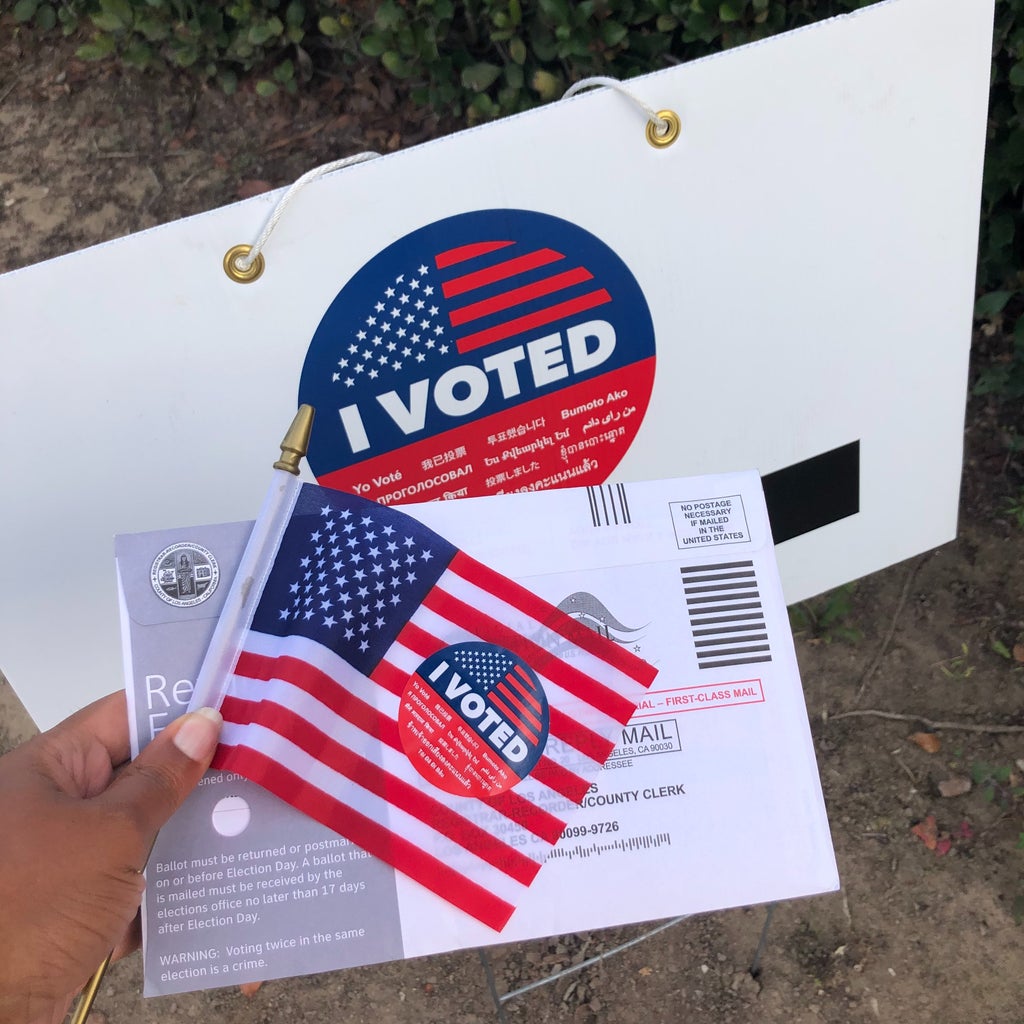The 2024 presidential election is approaching fast, and one important thing to consider when voting is the political party you identify with. As individuals, we grow and evolve over time, especially during college — which, for a lot of us, is in our late teens and early 20s, when we’re legally old enough to vote for the first time — and that evolution can potentially include our stances on politics. You may have originally thought your ideals fit in with one political party, but decided later on that you actually want to switch your political party. And some people may decide over time that they may not want to be registered to any specific political party at all.
Regardless of where your views may fall on the political spectrum, changing political parties is something that you can do after you’ve already registered to vote. While it might not necessarily affect your vote in the general presidential election when it comes down to the final two candidates — because you are not limited to voting for someone who is in your party on Election Day — it can potentially affect who you can vote for in caucuses, or certain primaries before Election Day, when people are deciding what candidate they want to represent their party in the general election.
There are a couple of things to keep in mind when changing your political party. As mentioned earlier, the main reason why being registered as a member of a certain political party is important is because of primary elections called closed primaries. These are primaries in certain states where you can only vote for candidates within your party to represent your party in the general election. Your political party does not affect your ability to vote in general presidential, congressional, or mayoral elections.
So, how do you change your political party? This process of changing your political party is actually not the same throughout the country, but rather dictated by each state. So in other words, there isn’t a universal way throughout the U.S. to change your political party. You need to go by your state’s specific guidelines and procedures when it comes to updating your voter registration and political party affiliation. This is where sites like the United States Election Assistance Commission come in.
The EAC is a great resource to help you change your political party affiliation based on your state. According to EAC.gov, changing your political party affiliation is usually the same process as registering to vote. With this page, you can input your state, and it will then guide you to your state’s election website where you can find more information. You can also look at your own voter registration by clicking on the link that says Registration Lookup.
Through this site, you also have access to the National Mail Voter Registration Form, which can specifically be used to change your political party in accordance with your state’s specific instructions. The only three states according to the site that do not accept this form are Wyoming, North Dakota, and New Hampshire.
Keep in mind your state may have specific deadlines when it comes to being able to change your party. For example, if you’re in New York, the deadline to change your political party in order to vote in the primaries for your party is Feb. 14, 2024.
Regardless of which party you’re a member of, remember that you want to do some research before switching parties, and ultimately, research on each candidate before casting your vote. And if you aren’t able to switch your political party in time for this particular election’s primaries, you can always vote for the candidate of your choosing from any party when Election Day comes around on Nov. 5, 2024.


